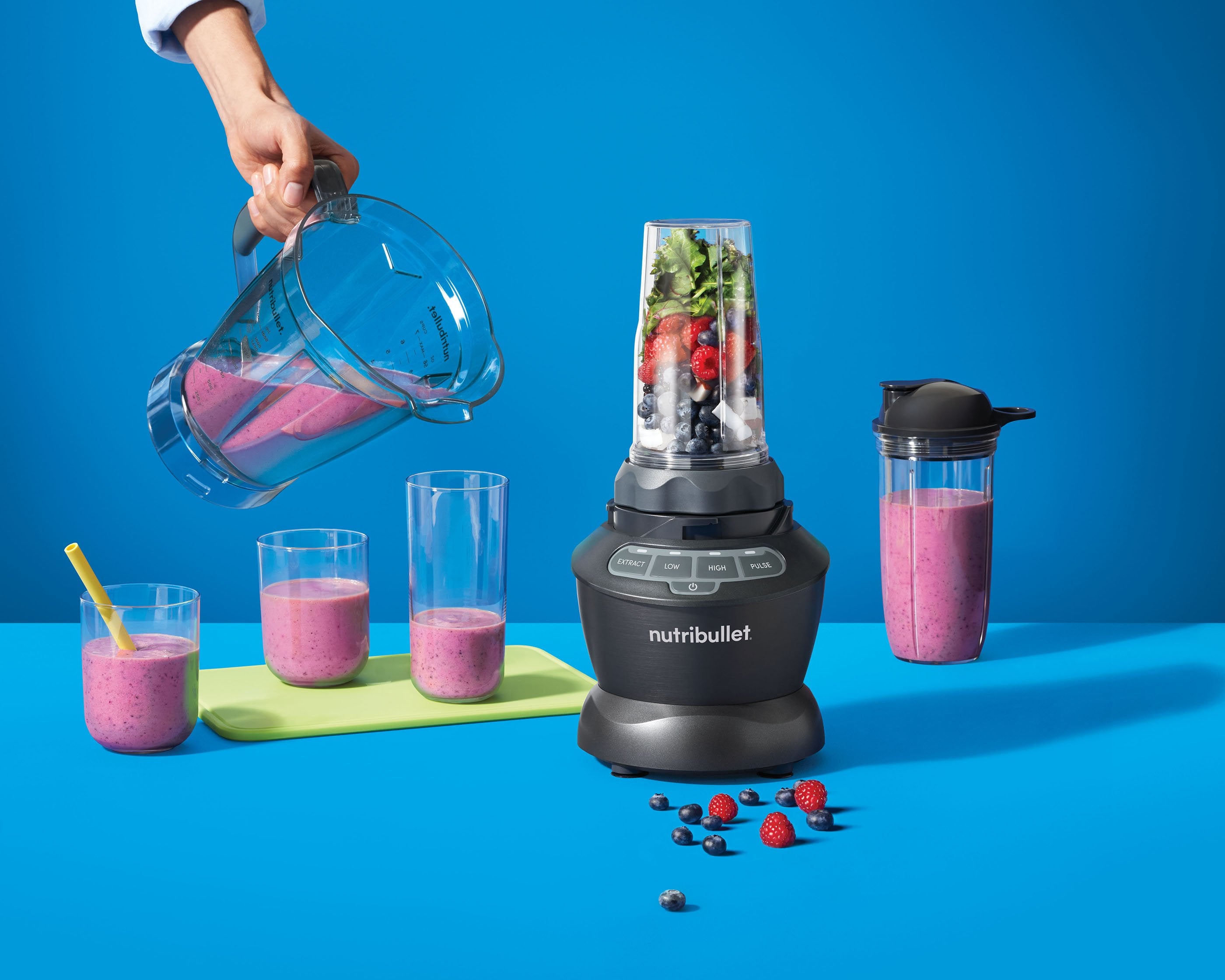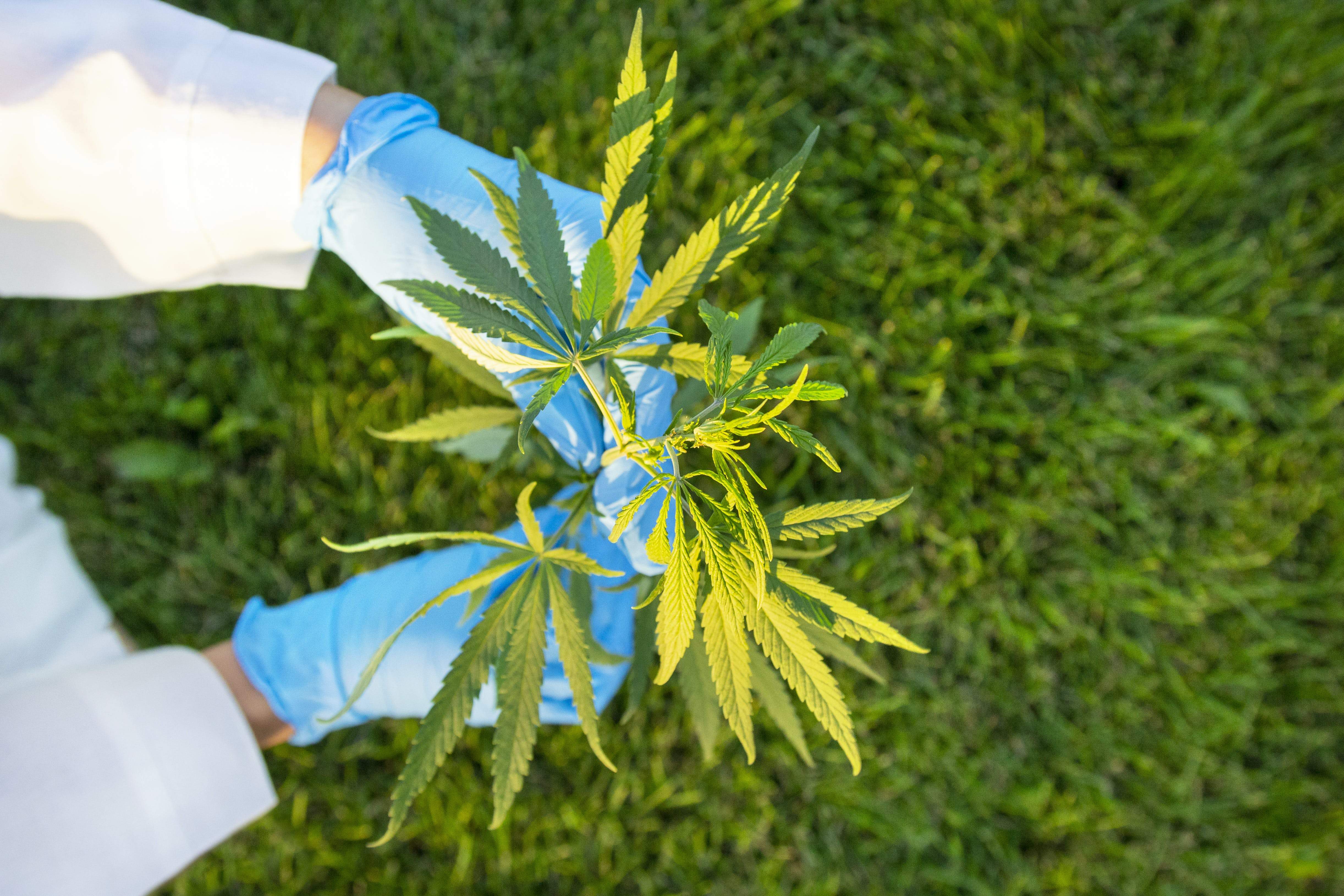We were never meant to eat this many calories. It’s too much for the body to handle. The current rate of obesity and the number of people who are overweight are unlike anything we as humans have ever experienced in our two million years of evolution. Processed foods, with their enormous calorie counts, are a completely modern phenomenon.
If you look back at the wisdom of our ancestors, they knew that overeating was bad for your health. Eating smaller meals was common sense to them. “Today, it seems we’ve forgotten a lot of that ancient wisdom. One of the consequences of our amnesia is Insulin Resistance”, says George Blackburn MD, Ph.D., one of the world’s leading experts on insulin resistance, cardiovascular disease, and diabetes at Beth Israel Deaconess Medical Center at Harvard Medical School. “Basically, overeating calories causes the cell to become disrupted and brings on insulin resistance.”
From Your Plate into Your Cells
When you eat a meal, the nutrients in that meal are absorbed by your small intestine and then released into your bloodstream. Once in your blood, the carbohydrates from your meal are converted into sugar molecules, i.e. glucose, which is your body’s preferred fuel. The fat in your meal becomes fatty acids, or triglycerides, in your blood. These triglycerides are stored in your tissues like fat, which is a backup source of energy in the event that calorie consumption falls.
Your brain recognizes the arrival of glucose in your system and responds by telling your pancreas to produce insulin. Once secreted, insulin flows to your cells, where it binds with insulin receptors on the cell membrane. The insulin stimulates these receptors, which triggers a cascade that allows glucose to enter the cell’s mitochondria, the furnace inside your cells that transforms glucose into energy.
Force-Feeding Your Cells!
As glucose floods the blood, the body immediately responds with a spike in insulin levels and your cells are force-fed glucose. Meanwhile, the body tries to store quantities of blood sugar, first in the muscles, and then in the liver. The muscles, which are huge repositories for stored fuel, convert as much glucose into glycogen—the stored form of fuel—as they can. The problem is that with our overeating and high-calorie diets, our muscles are already packed with unused glycogen. In essence, our fuel tanks are full!
Shut Down
While these changes are going on in your liver, muscles, and fat tissue, your cells are being force-fed the excess glucose that’s in your blood, a situation they cannot endure for long. When this persists, your cells close their insulin receptors in order to shut off the flow of fuel. When cells stop accepting glucose, they suffer from a condition doctors refer to as “insulin resistance.”
Insulin Resistance
Like any machine, the body needs only a limited amount of fuel to run properly. But unlike for other machines, excess fuel is dangerous to the human body. So it’s the insulin’s job to push this excess fuel into storage.
Essentially, there are three factors that lead to insulin resistance—the kinds of foods we eat, our exercise habits (or the lack of them), and our genetic make-up. Researchers are quick to point out, however, that even if you’re genetically susceptible to insulin resistance and diabetes, you can avoid both disorders by following a healthy lifestyle.
There are two key strategies to restore insulin sensitivity and boost the health of every cell in your body. The keys to restoring insulin sensitivity are exercise and a change in diet to include fewer processed foods, less fat, and more vegetables, whole grains, and fruit.
Weight loss alone can restore insulin sensitivity. Weight loss reduces adipose tissue and fat reserves, which in turn reduces the fatty acid content of the blood.
-
Empty the tank of sugar!Muscles need to be exercised in order to burn off, or empty, their glycogen reserves. Without exercise, muscles remain full of reserve fuel. This means that they can no longer accept additional fuel, or glucose, into their cells. Meanwhile, a lack of exercise causes inactive muscle tissue to lose its ability to utilize this glucose.
Exercise burns blood sugar and lowers insulin. Exercise also makes muscles more energy efficient. With regular exercise, we can essentially reverse insulin resistance.
Exercise physiologists point out that, while a daily 30-minute exercise routine is the minimum, we can accomplish nearly as much with three 10-minute brisk walks per day.
-
Get rid of the muffin top!
Many of us think of the fatty tissue around our waist, buttocks, and elsewhere as largely inactive matter, but that is far from the case. Fat cells can produce potentially dangerous substances! The cells in adipose tissue produce hormones and messenger proteins, called cytokines, which regulate numerous cellular functions. When these messengers are produced in balanced quantities, cell function often remains normal. But in overweight people, adipose (fat) tissue can overproduce both, which in turn can disrupt cellular function and lead to insulin resistance, inflammation, and other disorders. This is one of the reasons why losing weight is often associated with the elimination of insulin resistance. Weight loss reduces adipose tissue and brings hormones and cytokines more into balance.
We’ve come a long way since the days of our ancestors, but we can learn a thing or two from them when it comes to how we eat. By portioning your meals, eating a balanced and unprocessed diet, and staying physically active, you can combat insulin resistance and boost your health.
For more information, check out Dr. Friedland’s newest book, Freedom from Disease: The Breakthrough Approach to Preventing Cancer, Heart Disease, Alzheimer’s, and Depression by Controlling Insulin and Inflammation.
Nutritional information
Recipe: Creamy Green Strawberry Dream Serving in this recipe:1
- Calories: 236.6
- Total Fat: 3.6 g 5.5%
- Saturated Fat: 0.4 g 1.9%
- Cholesterol: 0 mg 0%
- Sodium: 358.7 mg 14.9%
- Total Carbs: 45.7 g 15.2%
- Dietary Fiber: 9.9 g 39.4%
- Sugar: 22.1 g
- Protein: 8.1 g 16.2%
- Vitamin A: 481.9% Vitamin C: 244.1%
- Calcium: 68.5% Iron: 26.1%
* Percent Daily Values are based on a 2,000 calorie diet. Your daily values may be higher or lower depending on your calorie needs.





















